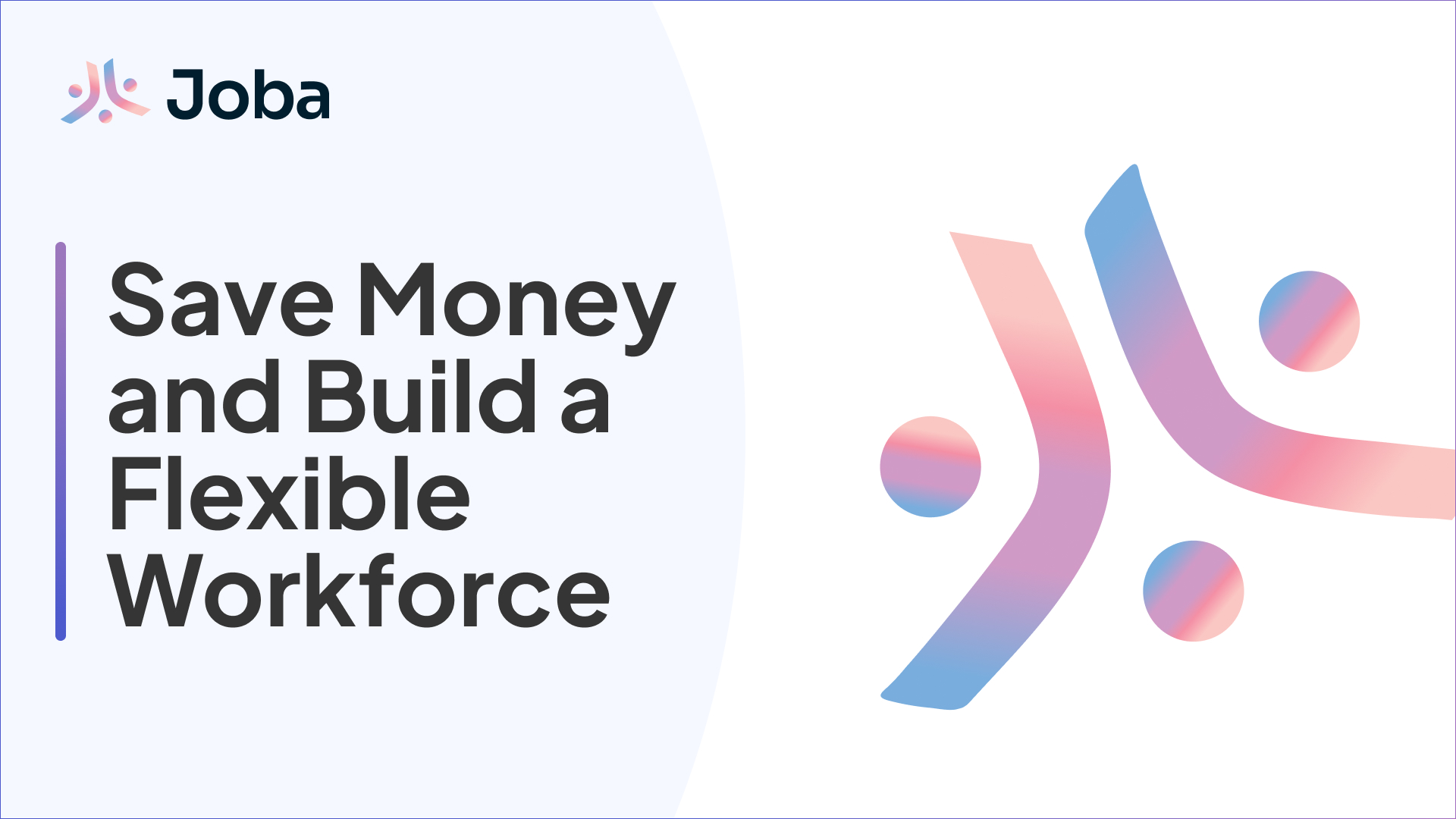Save Money and Build a Flexible Workforce: A Comprehensive Guide

In today's ever-evolving business landscape, the ability to adapt and thrive is paramount. With rapidly changing market dynamics, economic uncertainties, and the ongoing impact of global events, businesses are constantly seeking ways to remain agile, competitive, and cost-effective. One strategy that has gained significant traction is building a flexible workforce. In this comprehensive guide, we will delve into the concept of a flexible workforce and how it can help your business save money while staying responsive to market demands.
The Changing Nature of Work
The traditional 9-to-5, office-bound work model is no longer the norm. The advent of digital technologies, increased connectivity, and the COVID-19 pandemic have accelerated the shift toward remote and flexible work arrangements. As a result, businesses are reevaluating their workforce strategies to stay relevant and sustainable.
What Is a Flexible Workforce?
A flexible workforce comprises individuals who work for a company but are not bound by traditional employment structures. It includes full-time employees, part-time workers, freelancers, independent contractors, and gig workers. The key distinction is that these workers can be engaged as needed, providing scalability and agility to your organization.
The Benefits of a Flexible Workforce
1. Cost Efficiency
One of the primary advantages of a flexible workforce is cost savings. By utilizing freelancers or part-time employees for specific projects or tasks, businesses can avoid the overhead costs associated with full-time hires. These savings can be substantial and can positively impact your bottom line.
2. Scalability
In a rapidly changing business environment, the ability to scale your workforce up or down quickly is a valuable asset. A flexible workforce allows you to respond to market fluctuations and seasonal demands without the complexities of hiring and layoffs.
3. Access to Specialized Skills
Flexibility in workforce management enables you to tap into a diverse talent pool. You can engage individuals with specialized skills and expertise for short-term projects, enhancing your company's capabilities without committing to long-term contracts.
4. Improved Work-Life Balance
Offering flexible work arrangements can attract top talent and enhance employee satisfaction. Many professionals value the opportunity to balance work and personal life, leading to increased retention rates and higher productivity.
How to Build a Flexible Workforce
1. Assess Your Needs
Start by identifying areas within your organization where flexibility can be beneficial. Consider the types of roles or projects that could be outsourced or managed by remote workers.
2. Embrace Technology
Invest in digital tools and collaboration platforms that facilitate remote work. Effective communication and project management tools are essential for coordinating a flexible workforce.
3. Define Clear Roles and Expectations
Clearly outline the responsibilities and expectations for flexible workers. Provide guidance on project timelines, communication protocols, and performance metrics.
4. Talent Acquisition
Recruit freelancers or part-time workers through online platforms, staffing agencies, or referrals. Ensure that your selection process aligns with your business goals and values.
5. Onboarding and Training
Integrate flexible workers seamlessly into your team by providing proper onboarding and training. Offer resources and support to help them succeed in their roles.
Challenges and Considerations
While a flexible workforce offers numerous benefits, it also presents challenges that must be addressed:
1. Legal Compliance
Ensure that your workforce management practices comply with labor laws and regulations, especially when engaging independent contractors.
2. Data Security
Protect sensitive company information when allowing remote access. Implement robust cybersecurity measures to safeguard data.
3. Cultural Integration
Foster a sense of belonging and inclusion among flexible workers. Promote your company's culture and values to maintain a cohesive team spirit.
The future of work is evolving, and the concept of a flexible workforce is at its core. To save money, adapt to change, and thrive in a competitive landscape, businesses must embrace flexibility as a strategic imperative. By doing so, you can build a workforce that is cost-efficient, agile, and equipped to meet the challenges of tomorrow.
Are you ready to unlock the full potential of a flexible workforce? Join us in shaping the future of work! Explore the possibilities with Joba Network.
In conclusion, by understanding the benefits, challenges, and considerations of a flexible workforce, you can make informed decisions that drive your business toward success in an ever-changing world. Stay flexible, stay competitive, and stay ahead of the curve.
Frequently asked questions
No, some industries like health care and manufacturing require physical presence. But many fields, especially in tech and marketing, are well-suited for remote work.
Not necessarily. Many remote jobs offer competitive salaries and benefits.
There are various job boards dedicated to remote work, such as We Work Remotely and Remote OK.
The key is to set a routine, create a dedicated workspace, and use productivity tools to stay on track.
Tools like Slack, Zoom, and Asana are invaluable for remote work, aiding in communication and project management.




